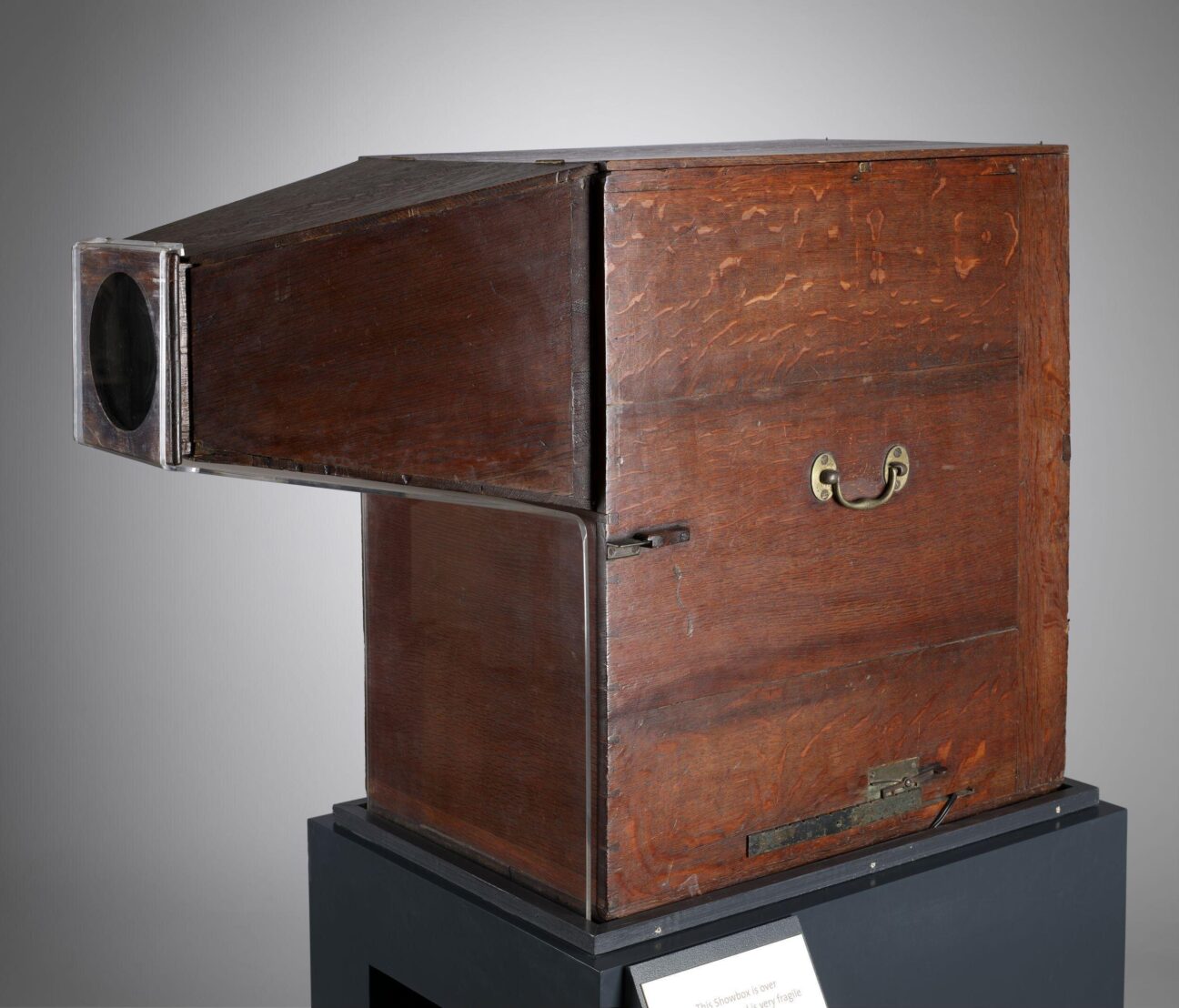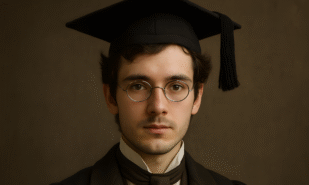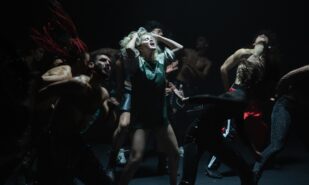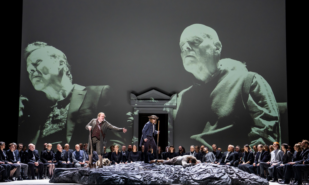Born in Strasbourg, Philippe-Jacques de Loutherbourg (1740–1812) received wide recognition in France, took over The Paris Salon, and then left all that he achieved in favour of even more outstanding projects in England. There he was engaged in theatre design and painting, took part in publishing projects and introduced relevant ideas in each of those spheres. Today, the story of his career makes up a fascinating case of how artistic skills empowered craftsmen to find themselves and achieve success in new contexts.
From The Paris Salon to London Theatre: the Story of Philippe-Jacques de Loutherbourg
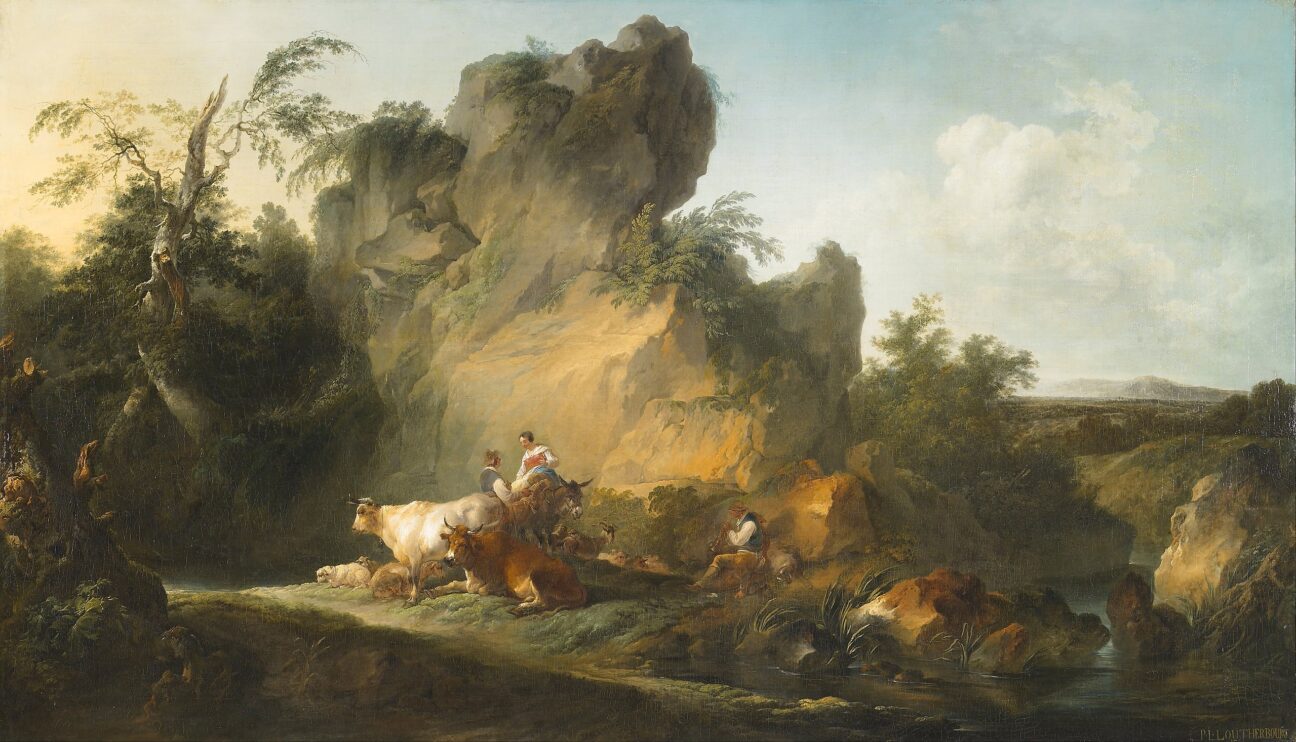
“A strange phenomenon! A young painter of twenty-two, who shows up, and immediately places himself in line with Berchem!”, that was how famous French art-critic Denis Diderot described Loutherbourg’s debut at the Salon of Paris Royal Art Academy in 1763. That comparison was very flattering, because at the time Nicolaes Berchem, the master of the 17th-century Dutch idyllic landscape, was immensely popular in France. On the other hand, Diderot praised Loutherbourg’s individuality, highlighting «the strength of his colours» and his artistic observations — the qualities that predicted a brilliant career in France for the young artist.
In many ways, those aspects stemmed from Loutherbourg’s diverse education. He learned painting from the best masters of that period — Chalers van Loo, Johann Wille and Francesco Casanova — from whom he borrowed the most glamorous schemes. By synthesising these ideas in his art, he created rather genuine compositions. The most popular ones were his landscapes. In those works, Loutherbourg mixed the elements of the genre painting (elegant scenes of rural life), theatrical images of nature (“backdrops” of green hills, piling on each other) and vast sky expanses, where he displayed his skills in depicting the lighting effects. Those atmospheric motifs derived from Loutherbourg’s “plein air” excursions across Europe. In particular, he travelled to the south of France, Italy and Switzerland.
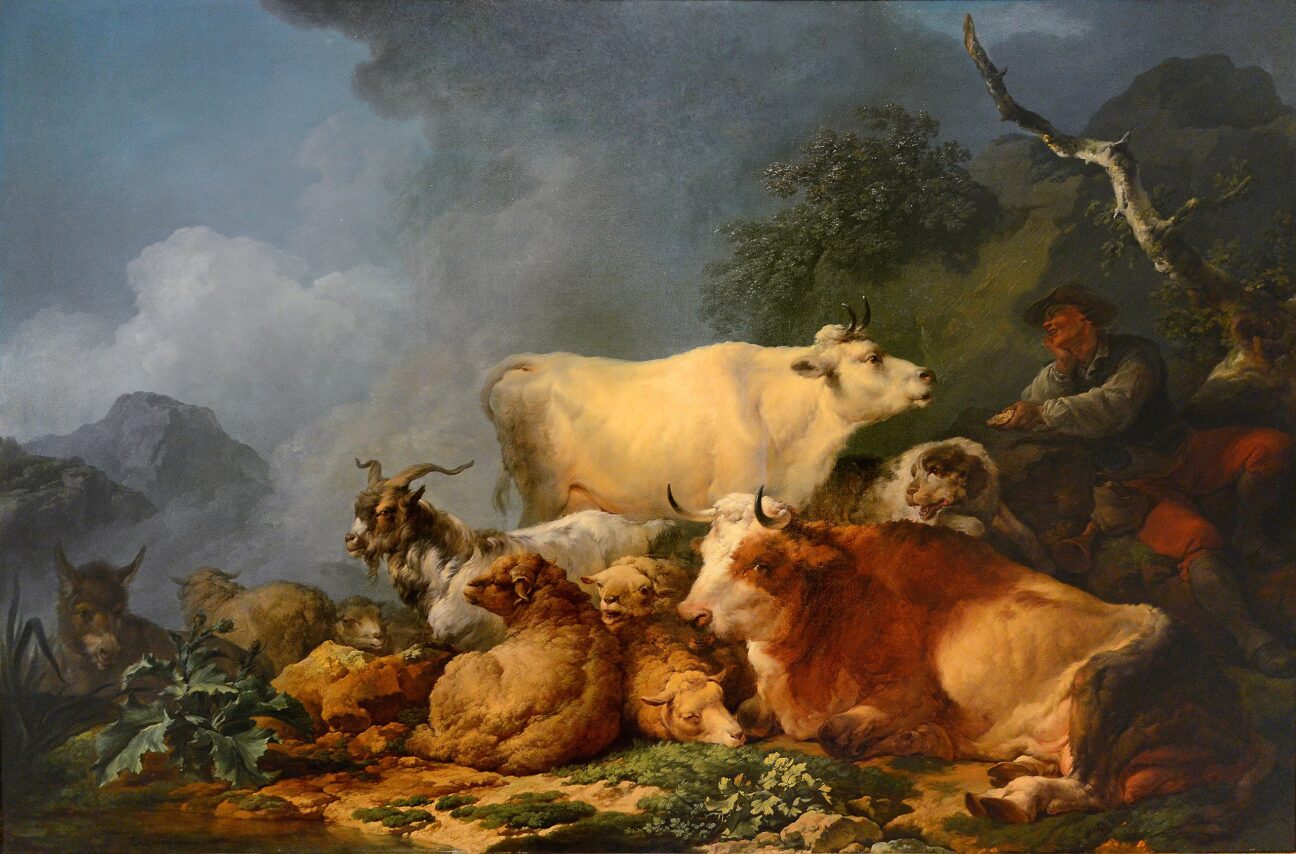
Indeed, by the mid-1760s, Loutherbourg became one of the most acknowledged young painters in France. The artistic expression of his works, as well as his prolificacy, brought him the status of an Academy Member in 1771. At that year’s Salon, he was among the most well-represented participants. Loutherbourg exhibited 25 works in various genres: domestic scenes, idyllic landscapes, “shipwrecks”, historical battles, etc. Paradoxically, that was the exact time, when he made arguably the most important decision in his life. A few months after the Salon’s opening, Philippe-Jacques de Loutherbourg moved to London, where he started a new chapter of his career.

Loutherbourg’s first project in the capital was the job at the Theatre Royal, Drury Lane, where he was invited by the manager David Garrick. Today, this figure is considered one of the main reformists of English theatre in the 18th century, and Loutherbourg’s ideas corresponded perfectly to his progressive agenda. The artist designed stage sets for Garrick, which vividly embodied the dynamics and expressions common in his painting. Instead of static backdrops, he suggested using movable painted panels and silk screens with picturesque landscapes. Furthermore, Loutherbourg enhanced the practices at Drury-Lane by introducing technical innovations. He actively implemented top lights, fireworks, huge, life-scale models, as well as machines that produced artificial snow and mist. Along with landscapes’ illusionism, those devices created a truly dramatic and immersive action on the stage.

The further development of Loutherbourg’s talent in stage design took place within his later independent projects. After the dispute with Drury-Lane’s new manager Richard Brinsley Sheridan, he left his place and began to develop the idea of a small-scale mechanical theatre called Eidophusikon (which means “an image of nature” in Greek). Remarkably, the repertoire of the artists’ new endeavour was composed solely of landscape images. On the Eidophusikon’s stage, one could see rather a chamber, but very eloquent nature scenes (e. g. seashores or mountains) represented in their most picturesque and dramatic manifestations (sunsets, dawns, storms and avalanches). Due to the dynamic lighting and moving machinery, those compositions obtained peculiar expressiveness. Loutherbourg’s enterprise was highly appraised by wealthy Londoners and many of his colleagues, such as Sir Joshua Reynolds and Thomas Gainsborough.
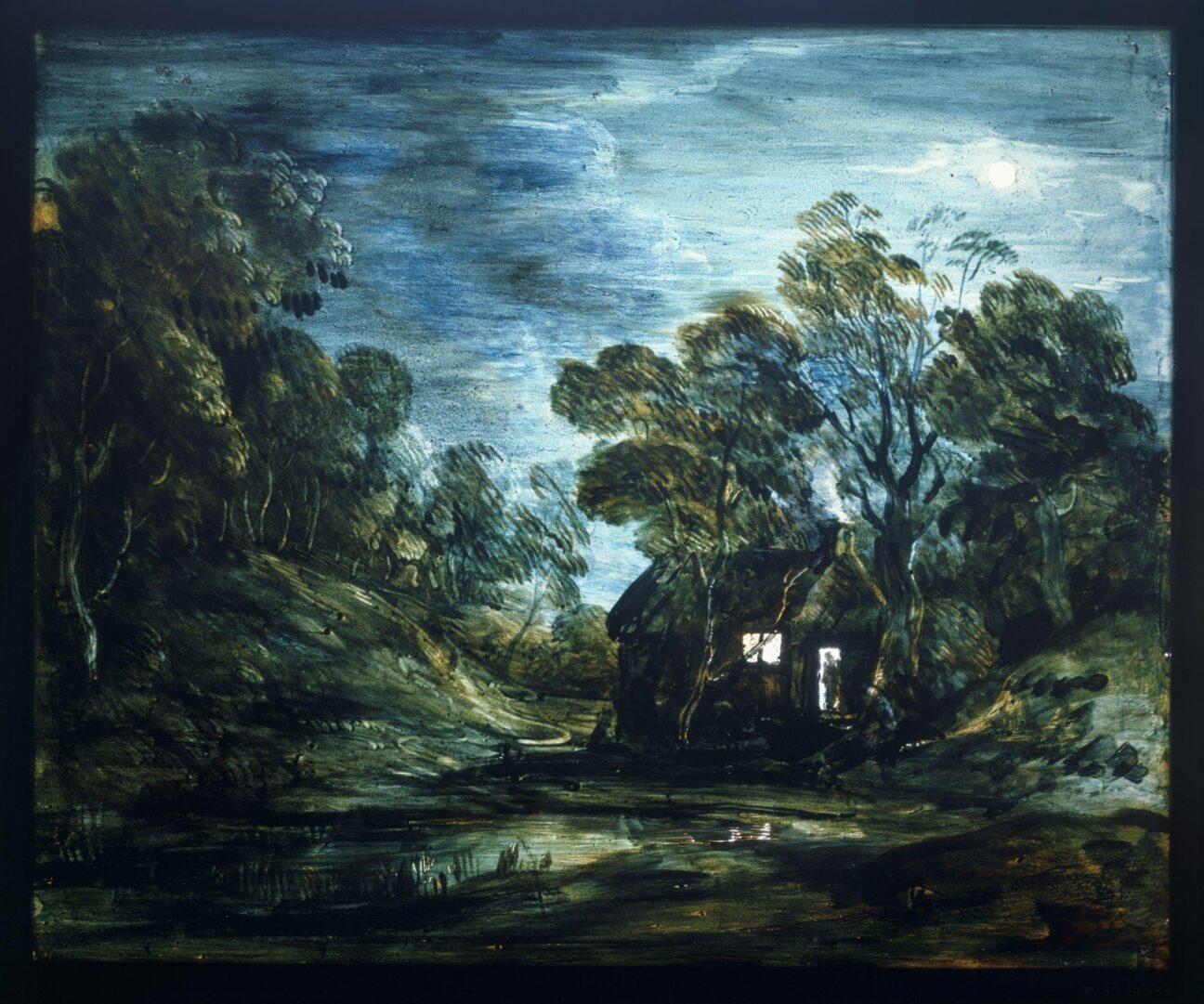
Gainsborough, in particular, was so inspired by Eidophusikon, that he started to make such spectacular objects himself. In the 1780s, he designed “peep-show boxes”, where a landscape painted on a glass surface was illuminated through a magnifying lens and several coloured filters. Viewers watched those landscapes through a tiny hole that created a certain effect of presence and immersion.

Philippe de Loutherbourg’s influence on English art spread not only in the sphere of performative spectacles but also in painting. Working in London, he continued to create pieces in multiple genres, and that “portfolio” provided him with an opportunity to enter the Royal Academy in 1781. Interestingly, his ideas in painting (as well as in theatre) corresponded directly with the latest tendencies and, to some extent, even shaped them. In many of his landscapes painted in England, Loutherbourg substantially developed his monumental and emotional imagery of nature. At their forefront he often placed the effects of untamed elements: flames of a blast furnace or a city fire, surging masses of an avalanche, waterfalls, etc. Finding themselves amid those colossal natural phenomena, viewers were completely overwhelmed by their turbulence and magnificent pathos.

William Turner. Fall of the Rhine at Schaffhausen. C. 1805-1806. Museum of Fine Arts, Boston
In this sense, Loutherbourg is often regarded as one of the English proto-romanticists of the late 18th century. The subject of compelling natural forces that occurred in the works of those masters anticipated the major ideas of the next century’s art. For instance, Loutherbourg’s later “elemental” landscapes, such as The Falls of the Rhine (1788) and Avalanche (1803), made an impact on many young masters. For example, the explicit interpretations of those works can be found in the art of William Turner, one of the greatest English landscape artists of the 19th century.

Philippe-Jacques de Loutherbourg. The Flood. 1790s. Victoria & Albert Museum, London
In addition to romantic landscapes, Loutherbourg also painted history scenes with a similar pathos. Among them, his Old Testament scenes of the 1790s are particularly notable. Most of those paintings survived only in engravings made for “Macklin’s Holy Bible”, one of the largest projects of the time. Its publisher, Thomas Macklin sought to reform English history painting and to actualise the visuality of the Bible. Loutherbourg’s compositions seemed to be quite in tune with those ambitions. Not only did the artist create the relevant image of a romantic character, commanding the forces of nature (i. e. Moses in The Destruction of Pharaoh’s Army scene), but he also presented references to the textbook images of European art, likening the Prophet’s figure to Michelangelo’s statues. Despite the rather modest success of Macklin’s project, today, Loutherbourg’s compositions (he executed more than 20 paintings) constitute a major milestone in English artistic heritage.
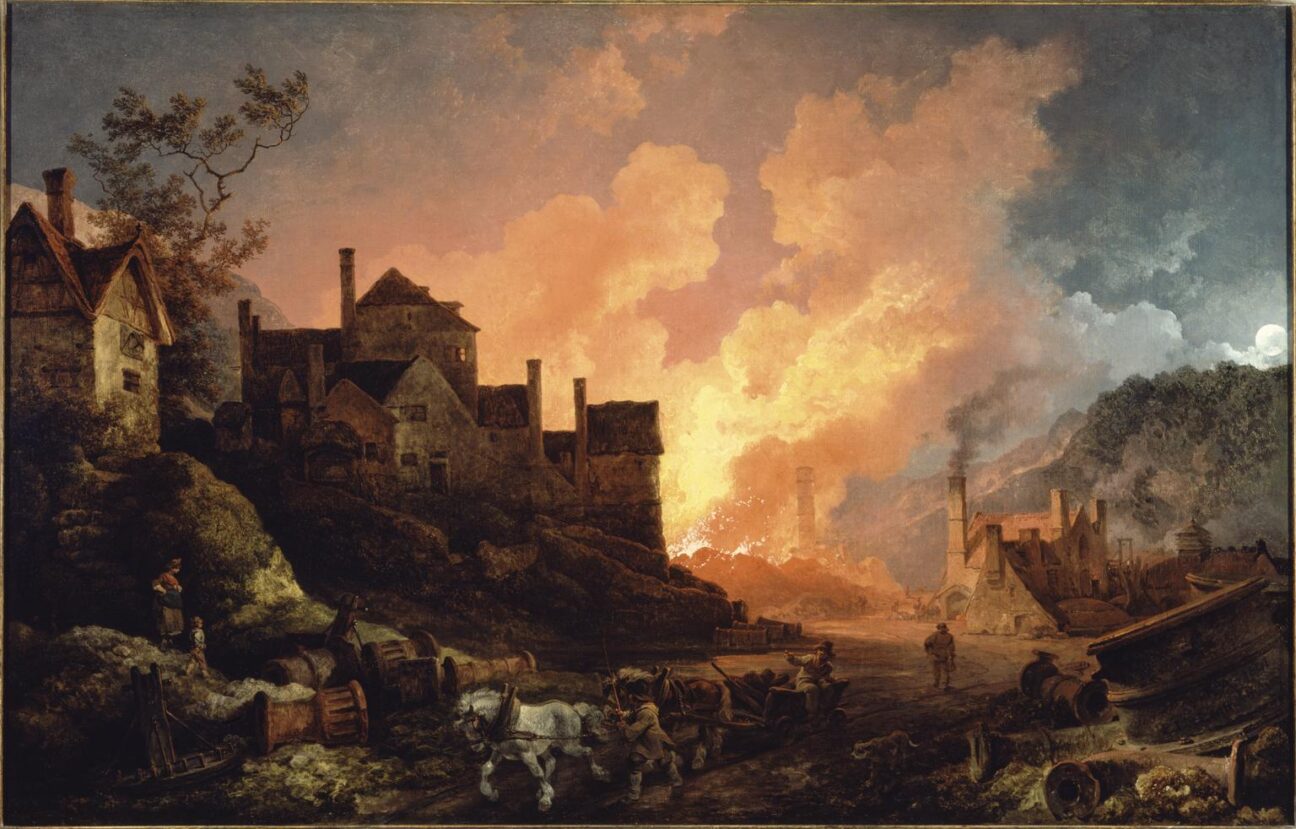
Phillippe-Jacques Loutherbourg’s diverse endeavours and his abundant artistic and social life in England directly reflect the degree of his naturalisation in the new context. Obtaining a fortune, appreciation of colleagues and the public, as well as the love of his second wife Lucy Paget, he took firm root on English soil and significantly influenced the development of the country’s artistic life in the late 18th century. Thus, Loutherbourg displayed the versatility of his talent and the wide potential of art as the universal “language”, demanded by and accessible to people regardless of cultural and geographical barriers.


